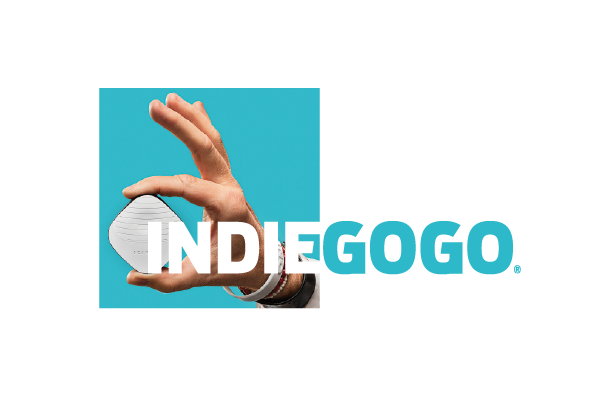
Steve Tam leads marketing and community outreach efforts in Canada for Indiegogo, the world’s largest, open flexible crowdfunding platform. He manages tech, hardware, and design there. Steve gave us a trial run of the talk he was going to give at Dx3 2015, “How to Sell to the Right Customers.”
“Who’s our customer?” is the universal Indiegogo question, and one that cannot be answered in a boardroom. Steve says traditional focus groups are unhelpful and artificial because the money dynamic is reversed from reality: you’re paying them. Your “champions” are your early adopters, and they do it for themselves, not you. They are not easily bought, nor are they expensive, but you must provide an authentic experience for them. Astroturfing (the practice of planting fake fans, reviews, and hype on social media) will backfire, so don’t do it.
Designing membership and urgency into your campaign can be a great way to tease out your project’s champions. Although many use earlybird discounts, Steve recommends against this–especially for physical products–because it can easily kill your margins. Instead, use effective strategies like limited edition colour/patterns (a great blend of scarcity and identity) and early delivery perks (a natural cover for batch production.) Countdown timers are a great visual aid for urgency.
The Minimum Viable Product (MVP) is vital for early feedback and makes it easier to tell your story. Large, successful campaigns are typically projects that are far along, and crowdfunding is being used to amplify the product launch.
Steve says the three most important ingredients of a successful crowdfunding campaign are:
- Brand (Not just the logo and name, but the feeling brand touchstones provide. See: emotional design)
- Looks-like concept/MVP allows customer to visualize the product in their daily lives (eg. YouTube “unboxing” phenomenon)
- Story connects the dots, fills in the blanks (See: Simon Sinek)
Now watch these three videos. How do they use the ingredients above?
Steve usually sees campaign videos landing somewhere on a scale from “emotion” to “features.” The “messianic” LeBron James ad by W+K Portland for Nike Basketball is pure emotion and rallying, with the actual product–shoes–only shown for a fleeting moment, 8 seconds in. The features of the product are completely hidden, creating a story and reinforcing brand association. Although a tech hardware startup probably couldn’t do something this vague, this kind of ad may be ideal for an Indiegogo Life personal fundraising campaign (or giant brands).
On the other end, we have the information dense PlexiDrone video. The creators extol the drone’s impressive features over crunchy Brostep, excessively speed ramped video, fast cuts, and labels/HUDs on everything. They keep talking about how easy it is, but the video is all over the place.
Compare it to the JIBO ad, which is so refined. Yes, you still see all the things the robot can do, but it’s through natural vignettes of a family. There is a single narrator, who is never overbearing. Only in the last 30 seconds does the founder and CEO, Dr. Cynthia Breazeal, appear in a workshop. She asks some open questions that inspired the project, then rallies the community to support the project and humanize technology. Steve says you can bury the technical stats to showcase the story. Those who care will look.
Crowdfunding is democratizing. Steve believes we will see more companies implementing it into business plans to make superior products and hype. There will be less last-ditch efforts and money-focused campaigns. Part of Indiegogo’s spirit of openness is a response to “the gatekeepers,” banks and investors that say “No” a lot. Steve says this can lead to poor morale and learned helplessness, and wants to see more entrepreneurs try crowdfunding for the experience.
I asked Steve about his favourite books, and two of them are: Ben Horowitz’s The Hard Thing About Hard Things and 37signals founders Jason Fried & David Heinemeier Hansson’s Rework
Lee Saynor is a Digital Futures undergrad at OCAD University. Before and after our field trip to New York City, the Atelier II – Collaboration class met some of the most important people and organizations in creative technology in Toronto. Thank you Steve and Indiegogo!
NOTE: This post was edited on March 17, 2017 to update links.
Leave a Reply